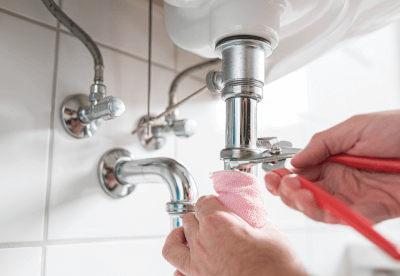What Is a Drain Trap?

A drain trap is a component used to prevent odors and vermin from entering the house through drains and sewers.
There are several types of drain trap, including S-shaped, P-shaped, and U-shaped traps. These traps physically prevent undesirable gases and insects from entering the pipes by plugging them with water, known as a water seal.
Due to the nature of their structure, they are designed to be easily removed for cleaning, as they tend to accumulate debris.
Uses of Drain Traps
Drain traps are required to be installed in all water areas where wastewater is generated. Whether for commercial or residential use, and are available in a variety of shapes and sizes depending on the application.
If the wastewater contains oil, hair, sediment, or other substances that are harmful to the environment or cause clogging of drain pipes, an inhibitor is installed with the trap to separate them from the wastewater.
The use of multiple drain traps in pathway are prohibited because it impedes drainage by eliminating the space for air to escape between traps.
Principle of Drain Traps
Drain traps operate on the principle that water is a liquid at room temperature and does not allow gas molecules to pass through. They act as an entry stop for gases and pests, while the water seal itself is constantly cleaned by the drainage, preventing itself from becoming a source of gases and other substances.
The amount of water stored in the trap must be 50 mm to 100 mm deep. A smaller amount of water may not function as a trap or may lose its function due to disturbance, while a larger amount may not trap sufficiently.
The most commonly used S-shaped drain traps are made of stainless steel, brass, or resin between the drain opening and the drainpipe to prevent gases in the drain pipe from flowing directly into the drain opening and are removed for maintenance.
When the amount of water in the trap becomes too low, it loses its function. This is called a broken seal. Causes include evaporation of water due to long-term disuse, storage of water above the drain, or siphon principle suction when a large amount of water flows into the drainpipe.